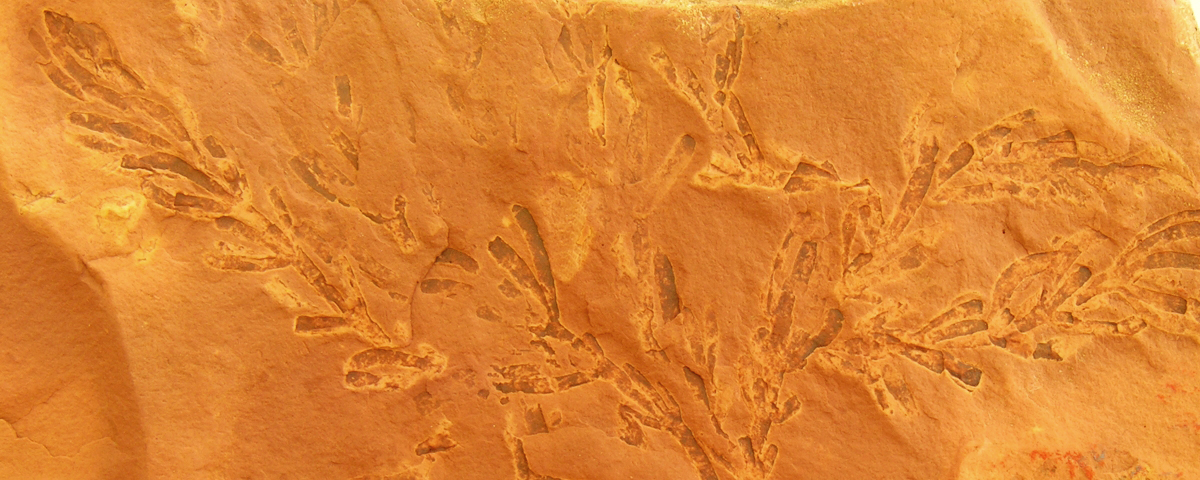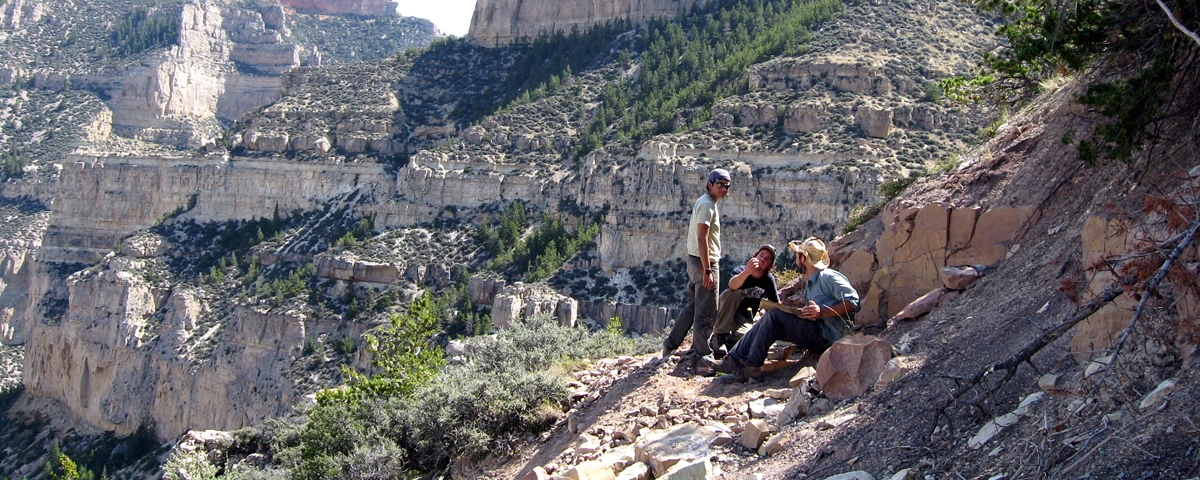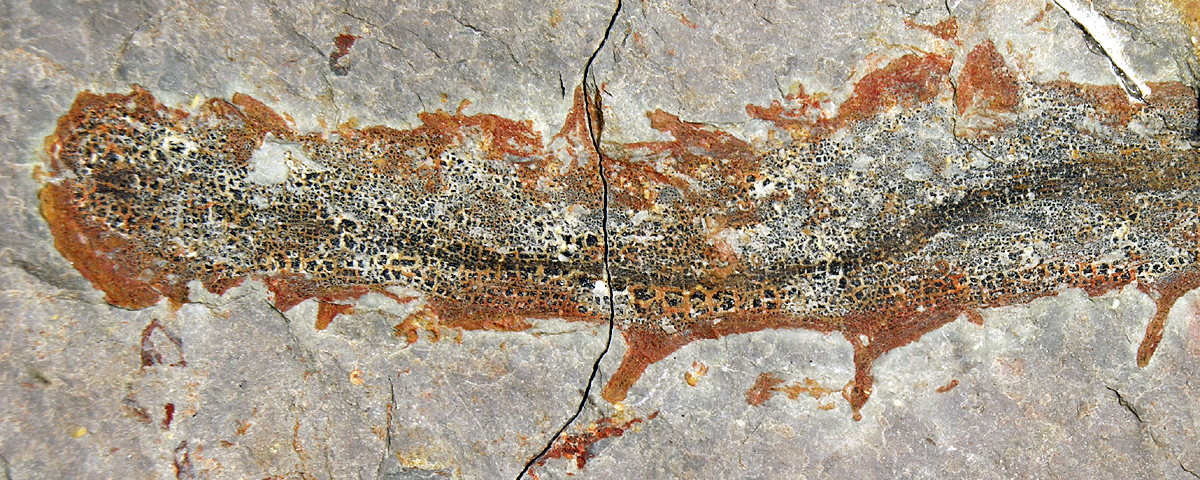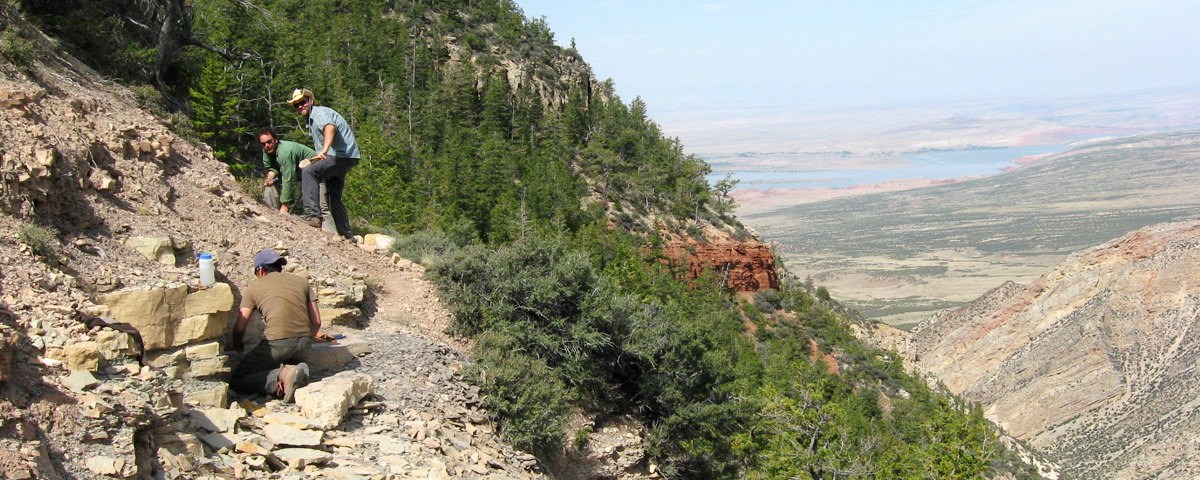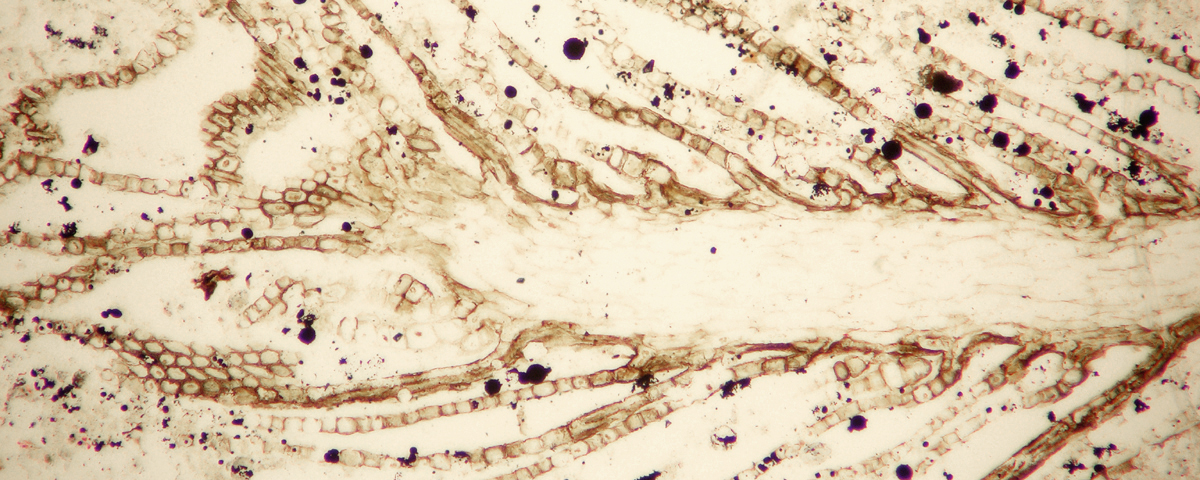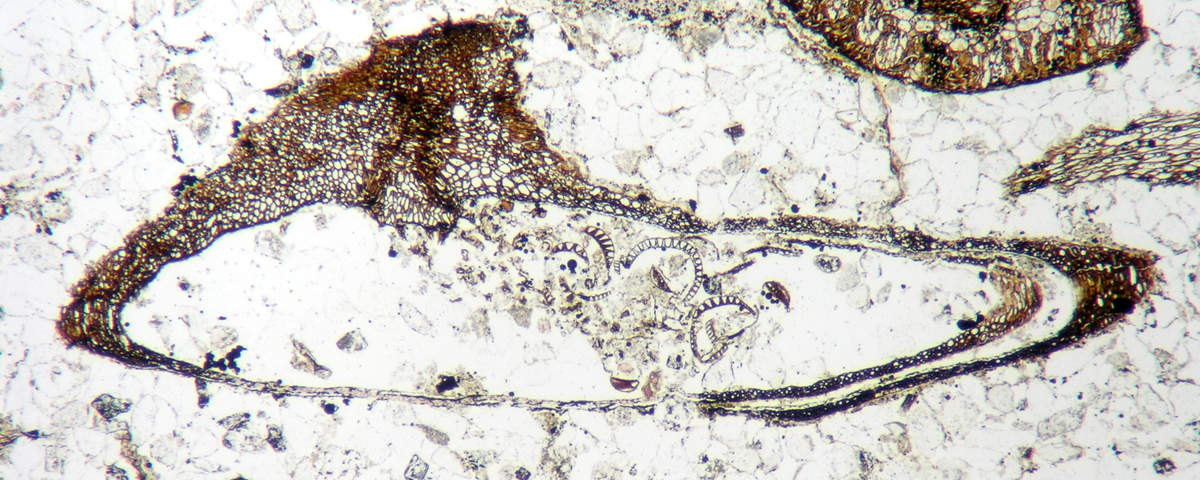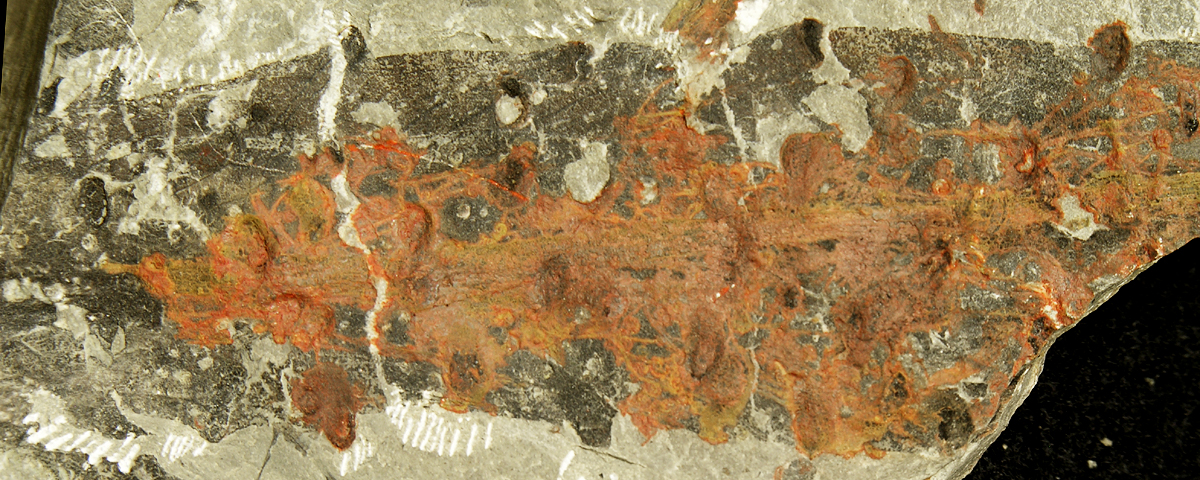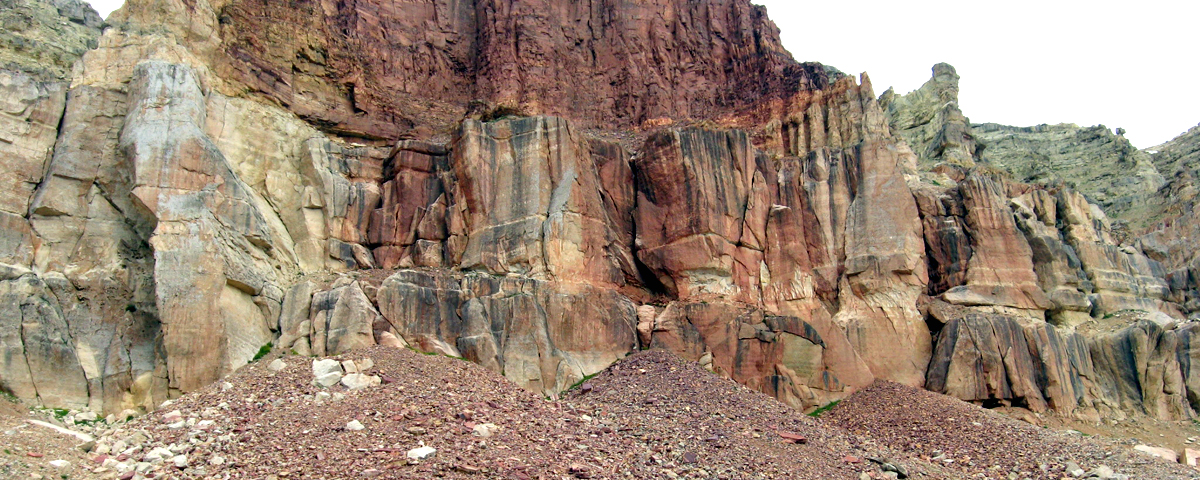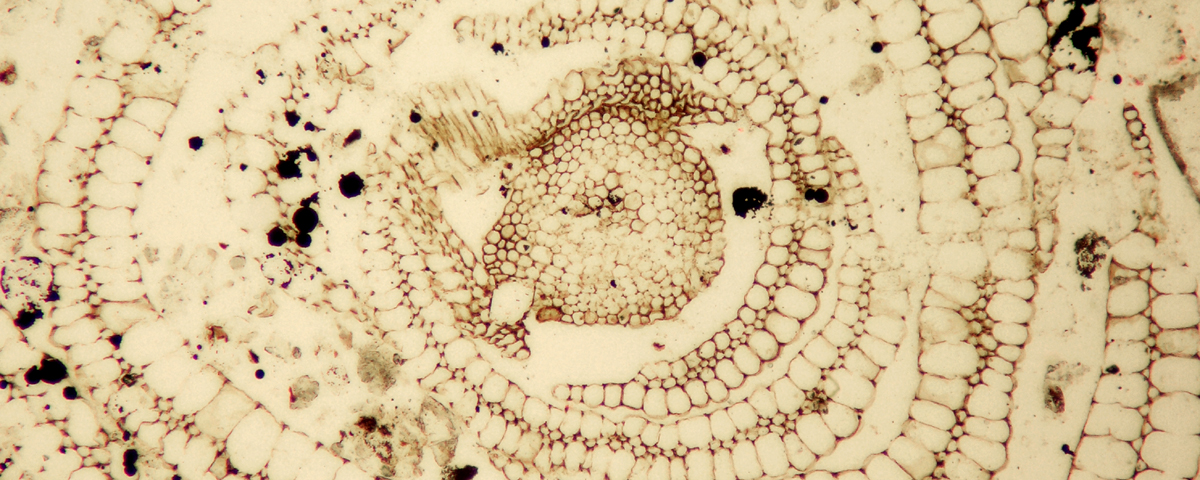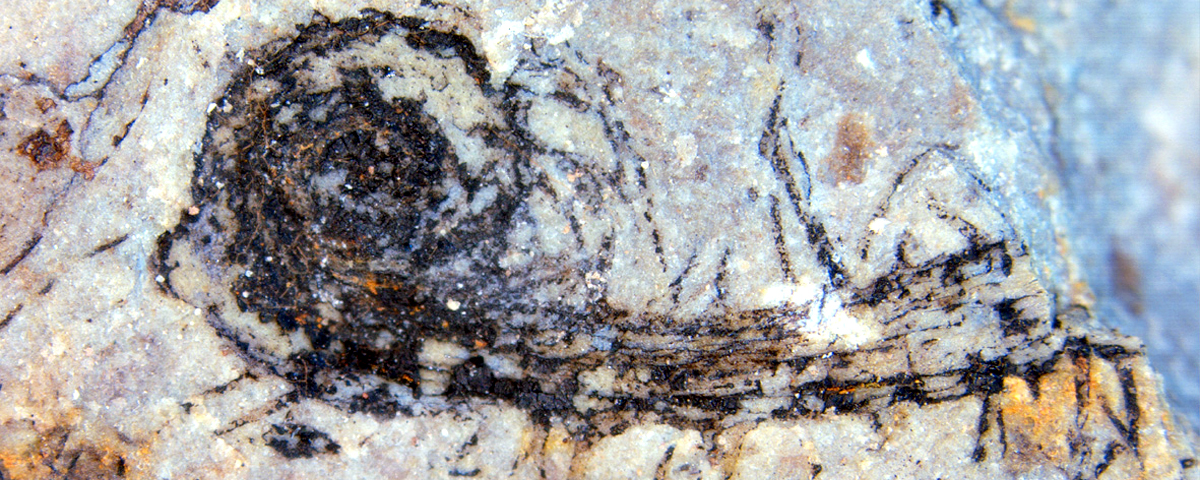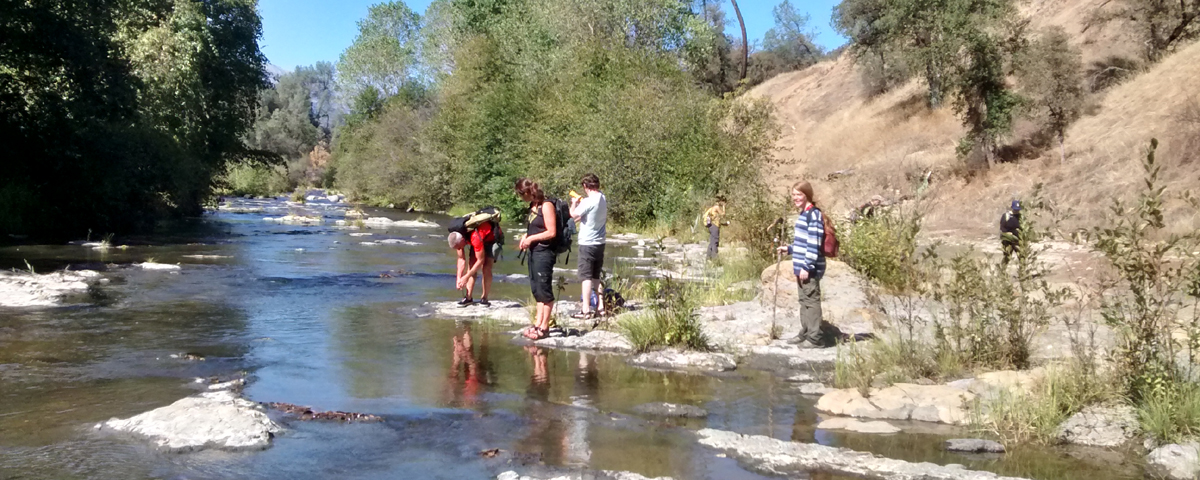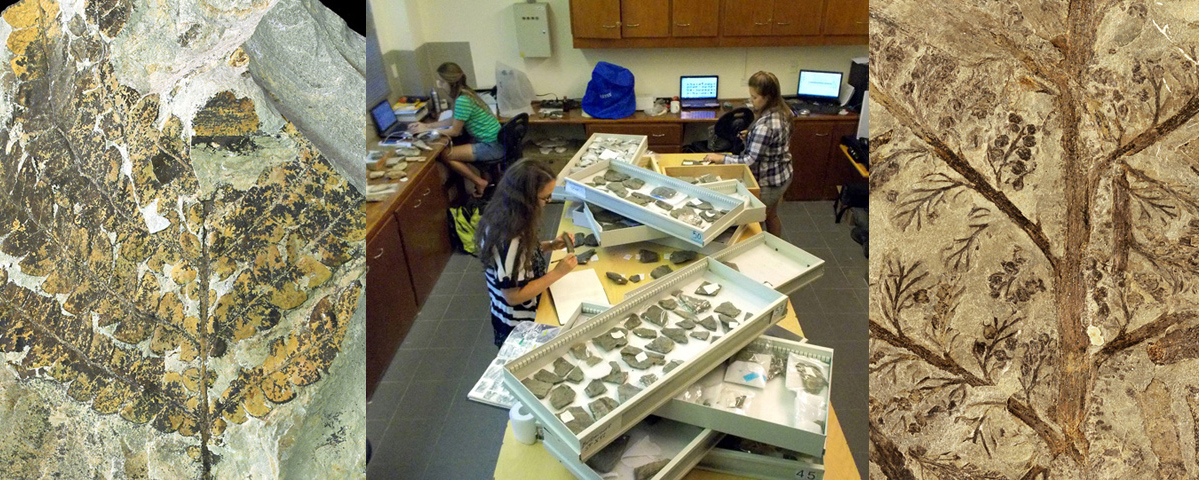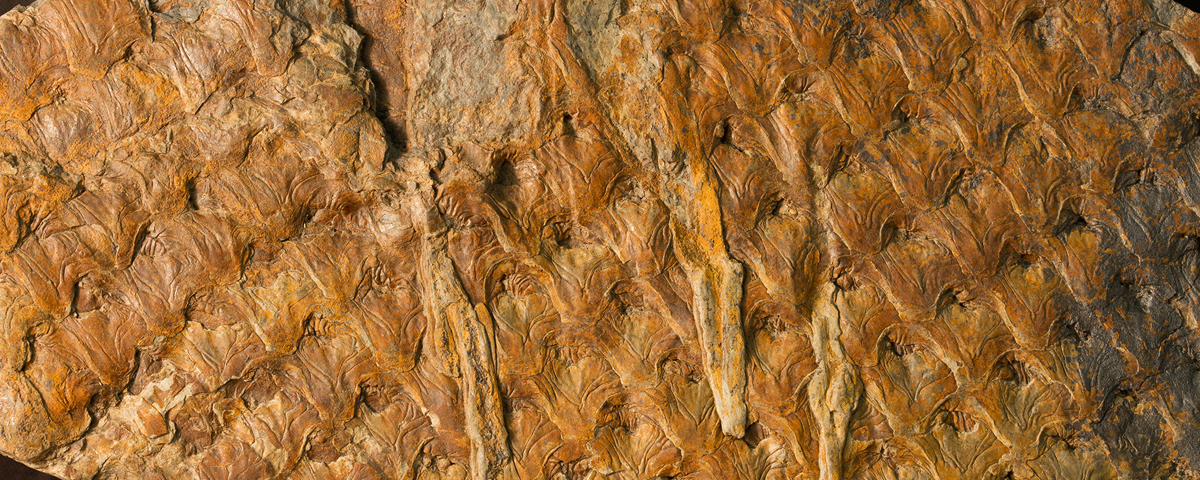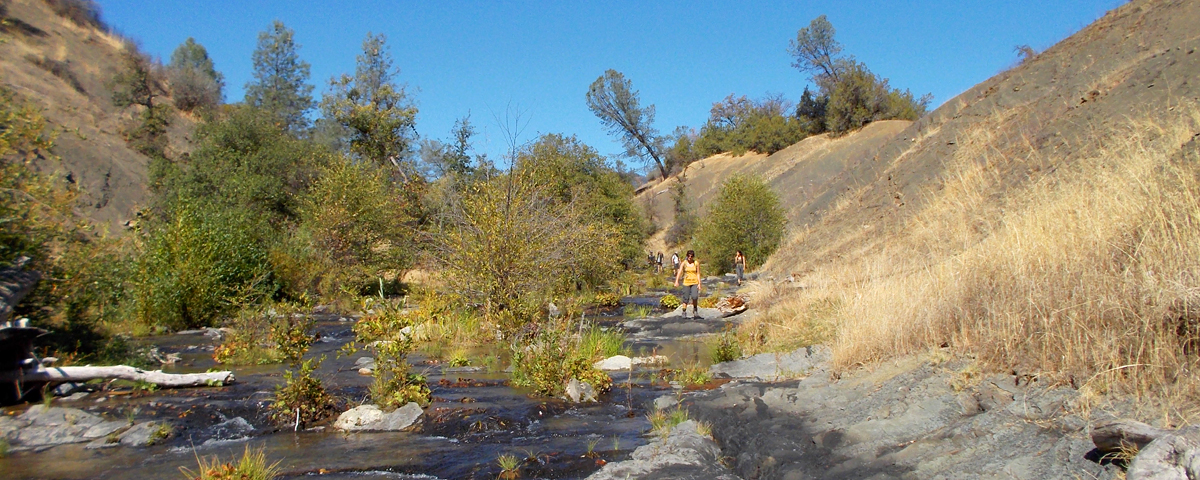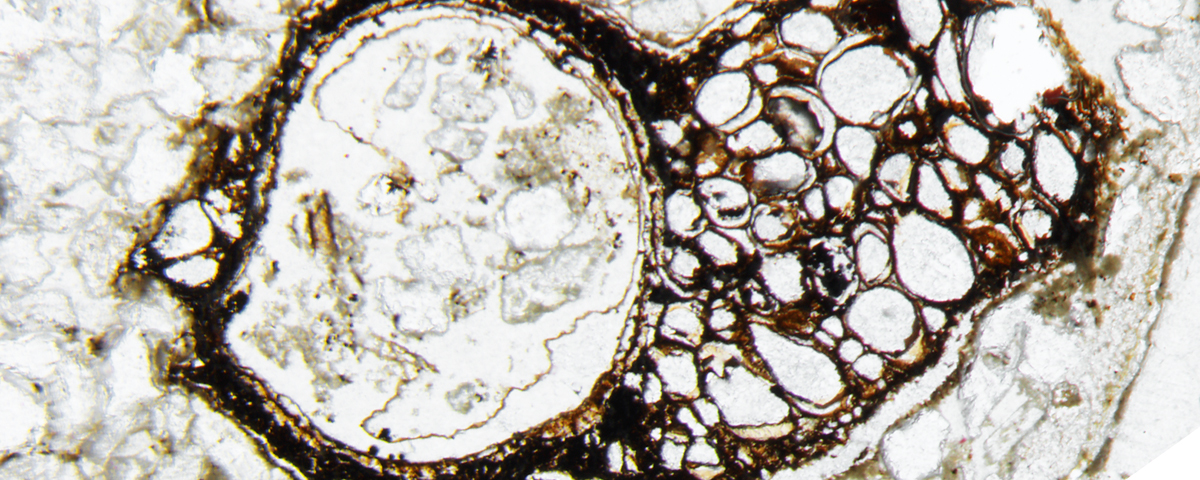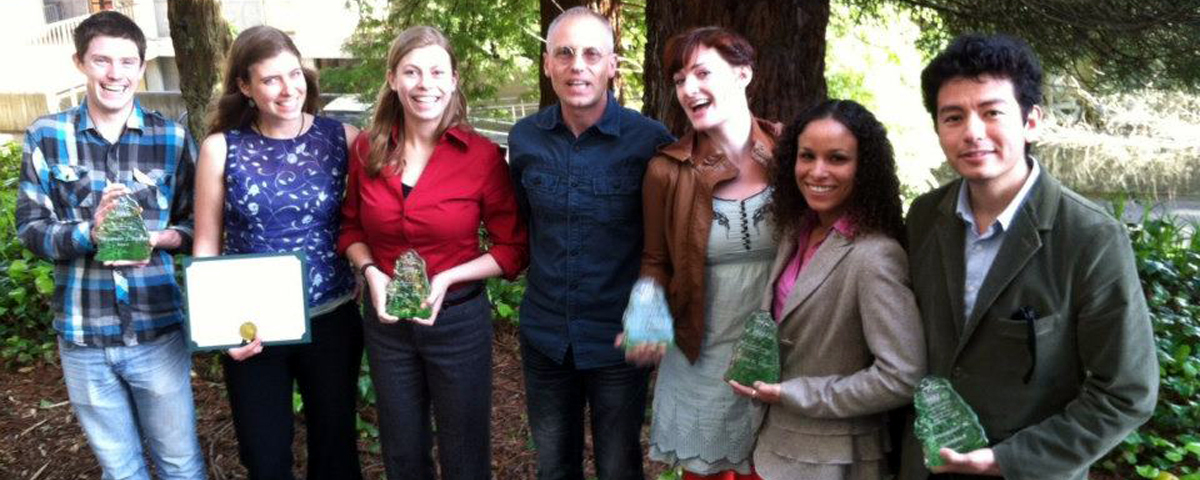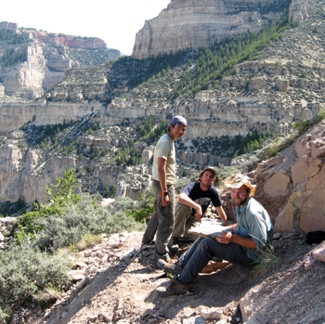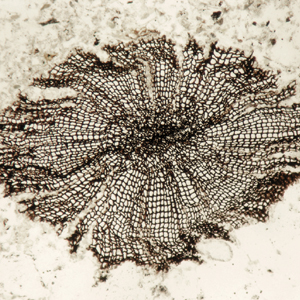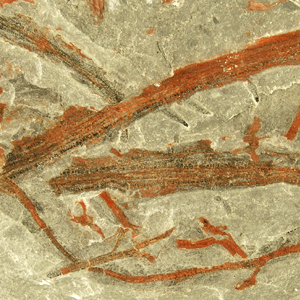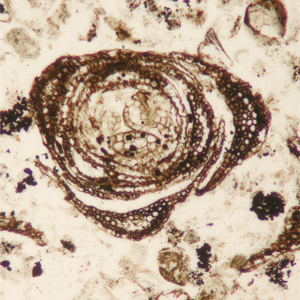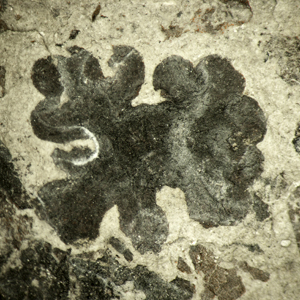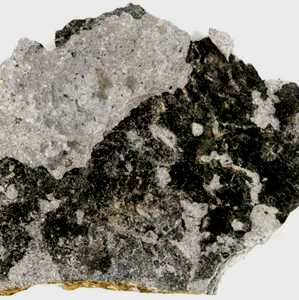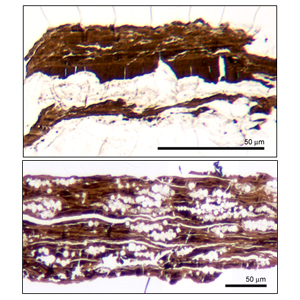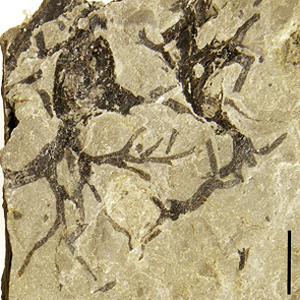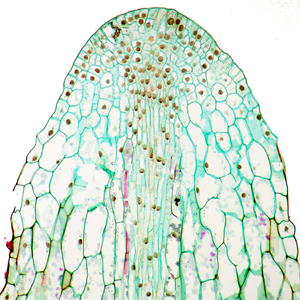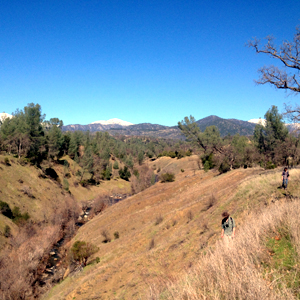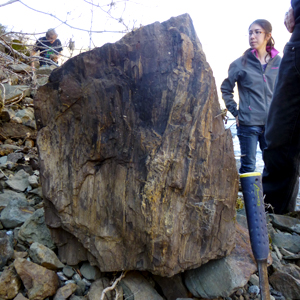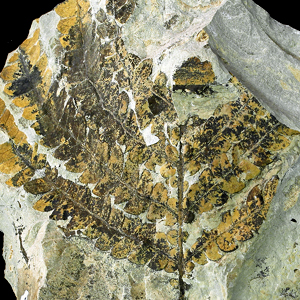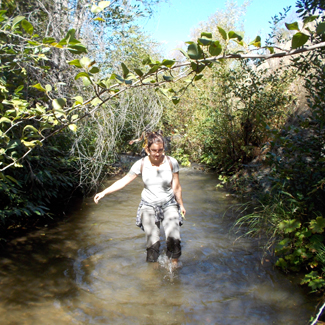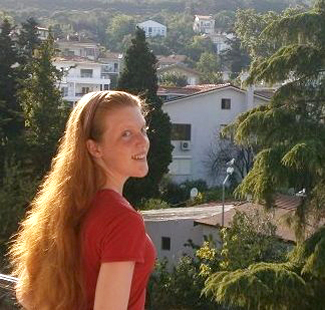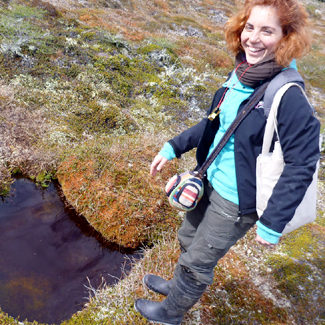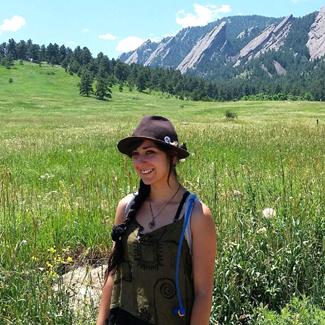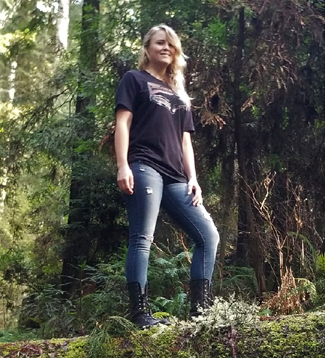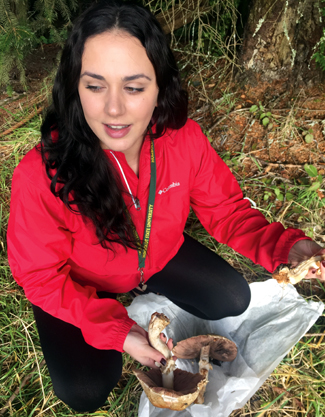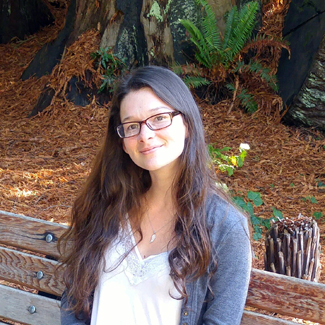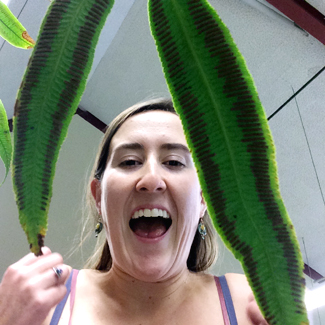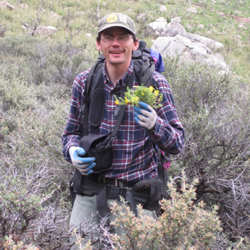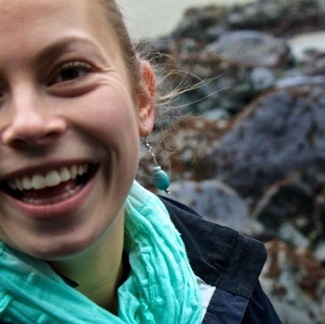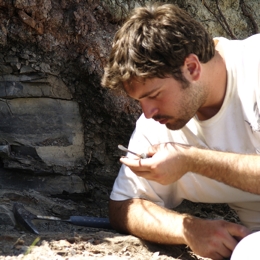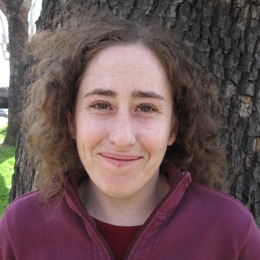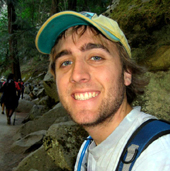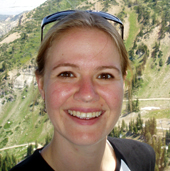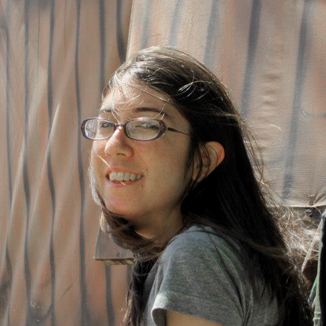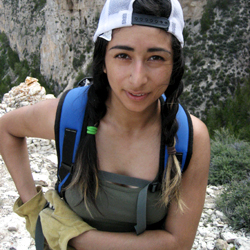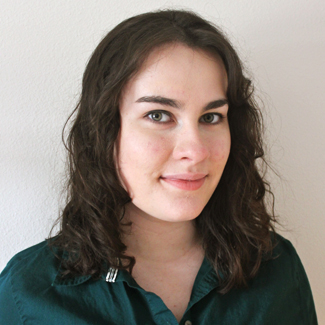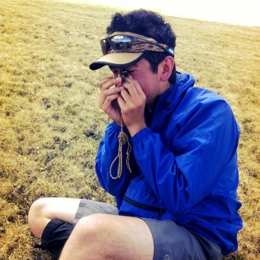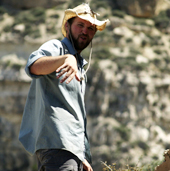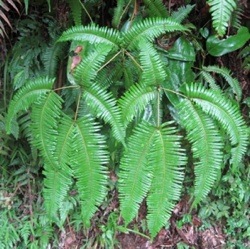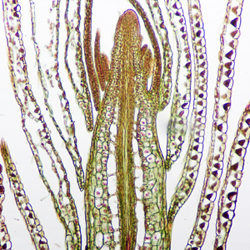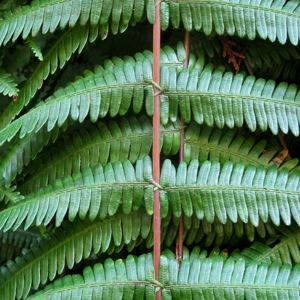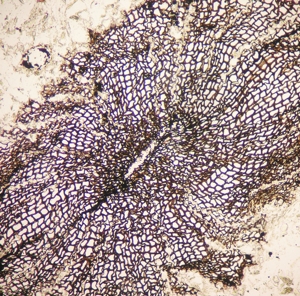Prospective Students
Scientific research is a way of life, not a job (although the luckier of us get paid to do it). It may or may not be your way of life and that’s just fine, either way. If it is, it will always bring excitement, novelty and accomplishment in your life (although data collecting is admittedly often monotonous and sometimes tedious) and will keep you happy. If it isn’t your way of life, it will just seem tedious and dreary and you should look for something better to do that will make you happy.
What students do
Graduate and undergraduate students are conducting research in my lab. Many of these students present their results at national and international meetings and quite a few have published in journals such as the American Journal of Botany and the International Journal of Plant Sciences.
Projects usually involve anatomic and morphological characterization of fossil and extant plants; comparative morphology, anatomy and development; extensive surveys of the primary literature on plant anatomy, morphology, systematics, and fossil record; taxonomic treatments. Sometimes we organize field trips to collect fossils.
Students learn and employ techniques for processing fossil plant material (cellulose acetate peel technique, rock thin sectioning, degagement), as well as fresh material (microtechnique – paraffin embedding, microtome sectioning, staining); digital image capture and processing; morphometric measurements. They also pick up bits and pieces of geology (petrology, sedimentology, stratigraphy) and phylogenetics. Some use electron microscopy, some run exhaustive searches of the literature (online databases) on selected topics, and all students read a lot.
Undergraduate Students
Many undergraduate students approach me about working on projects with me to build some research experience. If you are one of those students, please consider the following:
This is volunteer work. If you do it well and enough, it may earn you a strong letter of recommendation (for internships, graduate schools, awards, etc.), a line to strengthen your resume/curriculum vitae, and even the opportunity to give a presentation at a science meeting or a publication.
Look at the lab’s research page to see if you are interested in the research directions that we are addressing.
Your major, academic level or GPA matter less. What matters much more is your level of interest and commitment.
If you are unable to commit at least 2-3 hours per week to a research project on a consistent basis (that is, irrespective of exams, homework etc.), the effort is not worth your time (nor mine) since it won’t gather the momentum needed to produce meaningful data and results.
Willingness to learn, attention to detail, good organizational skills and reliability are essential requisites; additionally, a certain level of obsessive compulsion has never hurt anybody doing research. Conversely, lack of organization or attention to detail sooner or later lead to loss of painstakingly acquired data or destruction of unique research specimens and are unwelcome.
Serious research requires more than going through the moves of working with specimens and acquiring the raw data (a lab technician can do that). It requires thinking and reading on your own about your project, asking yourself and others questions about it, in short, making it a part (and an important one at that!) of your intellectual life.
This brings me to my view of undergraduate research:
- I see undergraduate involvement in research as reaching one of two levels: lab tech and investigator. At the lab tech level (the minimum 2-3 hrs/week), students will produce a significant amount of data but may not take the next step to interpret them and produce results; their work will nevertheless be acknowledged when results based on those data are presented or published.
- To reach the investigator level, students have to be involved in their project much more seriously. This implies more time and thought dedicated to it, as well as independent work. Work this hard will produce results that are presentable at a science meeting. If you are one of these students, I will help you present your results and, if appropriate, publish them.
Graduate Students
I will gladly address inquiries into the possibility of conducting graduate studies under my direction. If you are a prospective graduate student, please consider the following:
Our program only offers the Master of Science/Master of Arts options.
You should contact the head of the graduate program for our department, Dr. Erik Jules, and the graduate coordinator, Ms. Elizabeth Weaver, to get information about the workings of the program, financial and other.
I usually draw graduate thesis projects from work that is developing the different directions of my research program. I am, nevertheless, open to the prospective graduate student’s original ideas as long as the research involved falls within the realm of my expertise.
I expect a few things from graduate students. In no particular order, these are:
To be curious, self-motivated and quickly become independent workers who actively seek my advice (as opposed to lab dwellers waiting for orders).
- To be good critical thinkers.
To have good organizational skills and excellent attention to detail; these are crucial in successfully addressing the tedium of data collection and management, as well as in presenting the results of research, orally or in writing.
To be or become well-trained in plant organismal biology, morphology, anatomy, development, and the fossil record.
To be proficient at searching the literature (available online or otherwise) and building comprehensive summaries of research findings and state-of-the-art knowledge in their particular direction of investigation and closely related fields.
